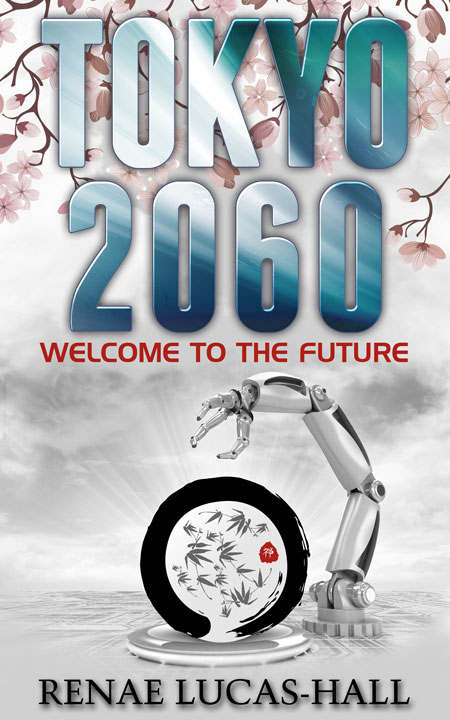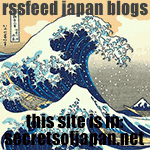I would like to introduce Tim Sullivan. Tim has an enviable life – he lives in exotic Hawaii with his devoted wife of thirty years Kurumi and he has his own company. This means he is always surrounded by breathtaking views and a loving family and every day he can look forward to going to work at his dream job.
Tim is the owner of Japan Insight, a cross-cultural business consultancy that focuses on connecting Japan with the rest of the world. He has over 35 years’ experience working with the Japanese, the past twenty-two helping Japanese and Americans bridge management differences in the workplace, and training Western organizations on providing customer service that meets and exceeds the exacting needs of the Japanese market.
I enjoyed reading Tim’s story below describing exactly how he helps companies from Japan and America to connect and get past their differences and I’m sure you’ll enjoy reading this as well. If you want more information you can contact Tim Sullivan directly via his website.
The Joy of Gnarly Cross-Cultural Gigs and Reducing Secret Meetings by Tim Sullivan
The client approached me for help. Productivity was down, tensions were high, the American staff felt disrespected, and Japanese managers were perceived by the locals as arrogant and unwilling to adapt their management style to American culture. Same old story.
This time I really did have my work cut out for me. More accurately, the client’s staff had their work cut out for them. But it was too early to break the news that outside consultants can’t solve a company’s internal problems, that my job is to help them better define their “current situation” so they can figure out for themselves how to best solve their own problems. This explanation would come soon enough. For now I would tread lightly and work on educating both sides to understand the deeper causes of their intercultural struggles.
The endgame in my workshops is to get both sides talking to each other without all the accumulated misunderstandings and accompanying emotions muddying the waters. It’s kind of like marriage counselling, just without the marriage part.
My approach is a bit unconventional but there’s a method to my madness. I spend several hours un-muddying the waters by educating American and Japanese staffs on each others’ cultures separately, then bring them together for a joint session at the end where a meaningful dialogue can unfold. It’s never easy.
At the beginning of each separate session I have participants make a list of what they like about working with the other culture, and also what drives them crazy. As you might expect, the “drives-them-crazy” lists are always longer than the “like” lists, a statement about human nature for sure. I also spend a good part of the separate sessions explaining the meanings, misunderstandings, and cultural ramifications of the listed comments. This provides badly needed context. Then in preparation for the final joint session, both lists are translated so both sides clearly understand what the other side is saying about them.
Sounds dangerous, right? That’s what I thought the first time I launched this program ten years ago. Happy to report that not once have I had to break up a fight. But it isn’t a love-fest either. It’s like incrementally turning a battleship around in the water with no single definitive turning point.
In my world, every workshop takes on a life of its own, so no paint-by-the-numbers magic. Lots of improvisation but it starts with education. Then I build on that foundation with humor, facilitated dialogue, self-reflection and structured brainstorming on improving relationships. But if I have a “go-to” technique it’s humor, a natural output of discussions that take place in the joint sessions. Indeed, cross-cultural interactions are ripe with humor, but only if you’re paying attention and seize those opportunities. Sometimes humor even happens by accident.
I once facilitated a joint session between Japanese and Americans in which the Americans had complained (as they always do) that the Japanese held “secret meetings,” implying they were intentionally withholding information from the Americans. The expression “secret meetings” took the Japanese by surprise. They simply took for granted that behind-the-scenes negotiating was how decision-making was supposed to happen.
In the course of the training the American participants learned that that these private meetings weren’t aimed at shutting out the Americans, that their Japanese counterparts in fact routinely held small private meetings off-line even in their own country when working only with fellow Japanese. This revelation went a long way in placating the American staff.
At the end of the session, after the Japanese had thoroughly reflected on comments made by American counterparts, the Japanese managers addressed the “secret meeting” complaint. Not knowing the proper English words to describe their off-line meetings, they defaulted to the “secret meeting” description. With a straight face, one of the Japanese managers faced the American audience and proclaimed in earnest, “We are so sorry. It is true that we Japanese have many ‘secret meetings.’ So our corrective action will be to reduce the number of secret meetings!”
To the Japanese presenter’s utter surprise, the Americans burst out laughing. They understood from context what he was trying to say. But try, if you will now, to imagine if context had not been provided upfront? It could have easily been a communication disaster.
The Battleship Does a U-Turn
Admittedly, this particular workshop was a tougher nut to crack than most I had administered in the past. In the initial American session the tension was palpable. It would take most of the session to get the American managers’ collective heads wrapped around the problem.
The Japanese session was a bit easier, although they were shocked to hear just how much resentment had built up with American counterparts.
Then in the final joint session the battleship did an unexpected and sudden U-turn. After hearing numerous comments from the American staff that they felt “disrespected” and “unappreciated,” the top Japanese executive present asked me to interpret. Here’s what he said:
“I suspect that I am guilty of offending you, and for that I want to offer my sincere apology. We Japanese come from a tiny-island country with no natural resources. America has kindly allowed us to build our factory here in this huge, wonderful market, and it has greatly benefitted our parent company. We are very grateful for that. So we have absolutely no intention to insult or belittle you. We will do our best moving forward to change that perception, and would like very much to work together. We are on the same team, have the same goals, and want to work together as one team.”
I could almost hear the tension escaping from the room. The Americans immediately softened, it was written all over their faces.
The rest of the session was fun, engaging and productive. Everyone left the room at the end of the day with the agreement that they would all work harder to communicate, cooperate, even socialize outside of work. They also agreed to hold similar joint sessions periodically to ensure proper follow up, and keep the lines of communication open.
Postscript
At the end of all my sessions I get a “report card” from each participant, ranking the effectiveness of the training on a scale of one to five (one being the worst, five the best). Also included is a comments section. This session yielded a 4.5 average ranking, a score to be proud of for sure. But two comments really stuck with me: in both cases, the participants said that they had low expectations coming into the training. Both said they were “very surprised” at how effective the training was, and thanked me for administering the workshop.
Nothing beats turning a battleship around in the water, turning conflict into harmony, and connecting cultures. Can’t wait for my next gnarly gig.












